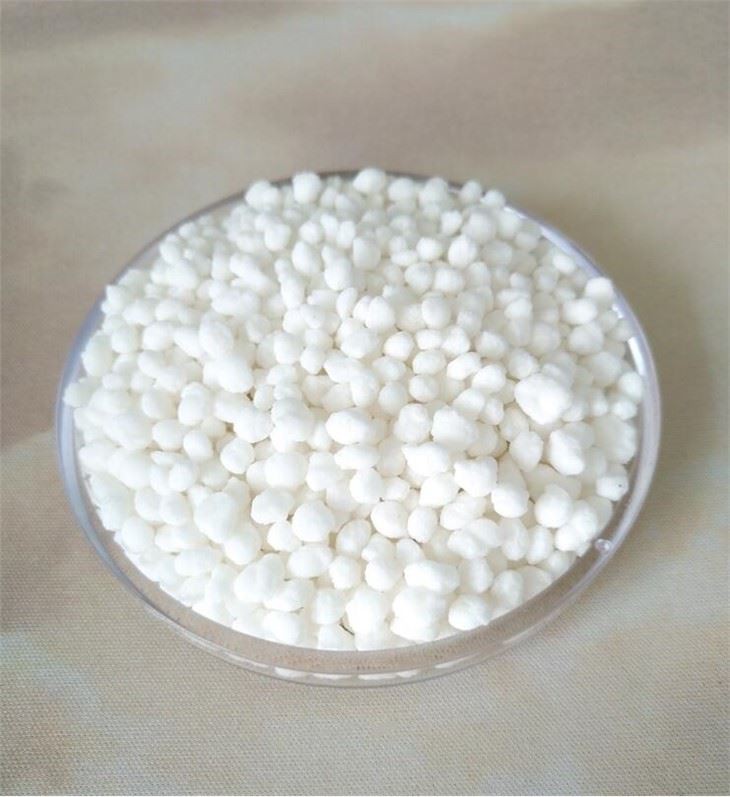



is sodium bisulfate safe
Is Sodium Bisulfate Safe? A Comprehensive Overview
Sodium bisulfate, also known as sodium hydrogen sulfate or monosodium sulfate, is a chemical compound with the formula NaHSO₄. It is commonly used in various industries, including food processing, water treatment, and as a pH regulator in swimming pools. While it serves essential functions, many people are concerned about its safety. This article aims to address the safety of sodium bisulfate, including its uses, potential hazards, and guidelines for safe handling.
Understanding Sodium Bisulfate
Sodium bisulfate is a white crystalline powder that is soluble in water, creating an acidic solution. It acts as a strong acid, primarily used to lower the pH of solutions. In the food industry, it functions as a preservative and a pH control agent. In water treatment, it is employed to condition water and balance pH levels, making it vital for maintaining clean and safe drinking water. Additionally, in pool maintenance, sodium bisulfate is often used to reduce pH levels, ensuring safe swimming conditions.
Safety Concerns and Potential Hazards
Despite its widespread use, there are safety concerns associated with sodium bisulfate. When handling the compound, it is essential to be aware of potential health risks. Sodium bisulfate can be an irritant to the skin, eyes, and respiratory tract. Direct contact can cause redness, itching, and irritation, while inhalation of dust can lead to respiratory discomfort and coughing. Therefore, appropriate personal protective equipment (PPE), such as gloves, goggles, and respiratory protection, should be used during handling.
Moreover, ingestion of sodium bisulfate can lead to gastrointestinal irritation, nausea, and vomiting. Although it is generally recognized as safe (GRAS) when used appropriately in food products, excessive consumption can be harmful. Thus, understanding the recommended usage levels in food processing and following guidelines is crucial.
Regulatory Status
Sodium bisulfate is regulated by several authorities, including the U.S. Food and Drug Administration (FDA) and the Environmental Protection Agency (EPA). The FDA has classified sodium bisulfate as safe for use in food products under specific conditions. The maximum allowable levels are strictly monitored to ensure consumer safety. The EPA also regulates its use in water treatment processes, emphasizing the importance of maintaining safe concentrations to avoid potential environmental impacts.
is sodium bisulfate safe

Best Practices for Safe Use
To ensure the safe utilization of sodium bisulfate, several best practices should be followed
1. Use Appropriate PPE Always wear gloves, eye protection, and a mask when handling sodium bisulfate to avoid skin contact and inhalation of dust.
2. Storage Store sodium bisulfate in a cool, dry place, away from incompatible substances, particularly strong bases and oxidizers. Ensure that containers are tightly sealed to prevent moisture absorption.
3. Proper Handling Avoid creating dust while handling sodium bisulfate. When measuring or transferring the compound, do so in a well-ventilated area.
4. Follow Guidelines Adhere to regulatory guidelines regarding the usage of sodium bisulfate in food processing and water treatment. Familiarize yourself with local regulations that may limit its use.
5. Emergency Procedures In case of exposure, it is vital to know the proper first aid measures. For skin contact, wash thoroughly with soap and water; for eye exposure, flush with water for at least 15 minutes; and for inhalation, move to fresh air and seek medical attention if symptoms persist.
Conclusion
In conclusion, sodium bisulfate is considered safe for use when handled properly and used within recommended guidelines. Its widespread application across various industries is a testament to its effectiveness. However, being mindful of its potential health risks is crucial. By adhering to safety protocols and regulatory standards, individuals and industries can utilize sodium bisulfate safely without compromising health or safety. Always stay informed, and remember that safety begins with awareness and education.
-
Why Sodium Persulfate Is Everywhere NowNewsJul.07,2025
-
Why Polyacrylamide Is in High DemandNewsJul.07,2025
-
Understanding Paint Chemicals and Their ApplicationsNewsJul.07,2025
-
Smart Use Of Mining ChemicalsNewsJul.07,2025
-
Practical Uses of Potassium MonopersulfateNewsJul.07,2025
-
Agrochemicals In Real FarmingNewsJul.07,2025
-
Sodium Chlorite Hot UsesNewsJul.01,2025










